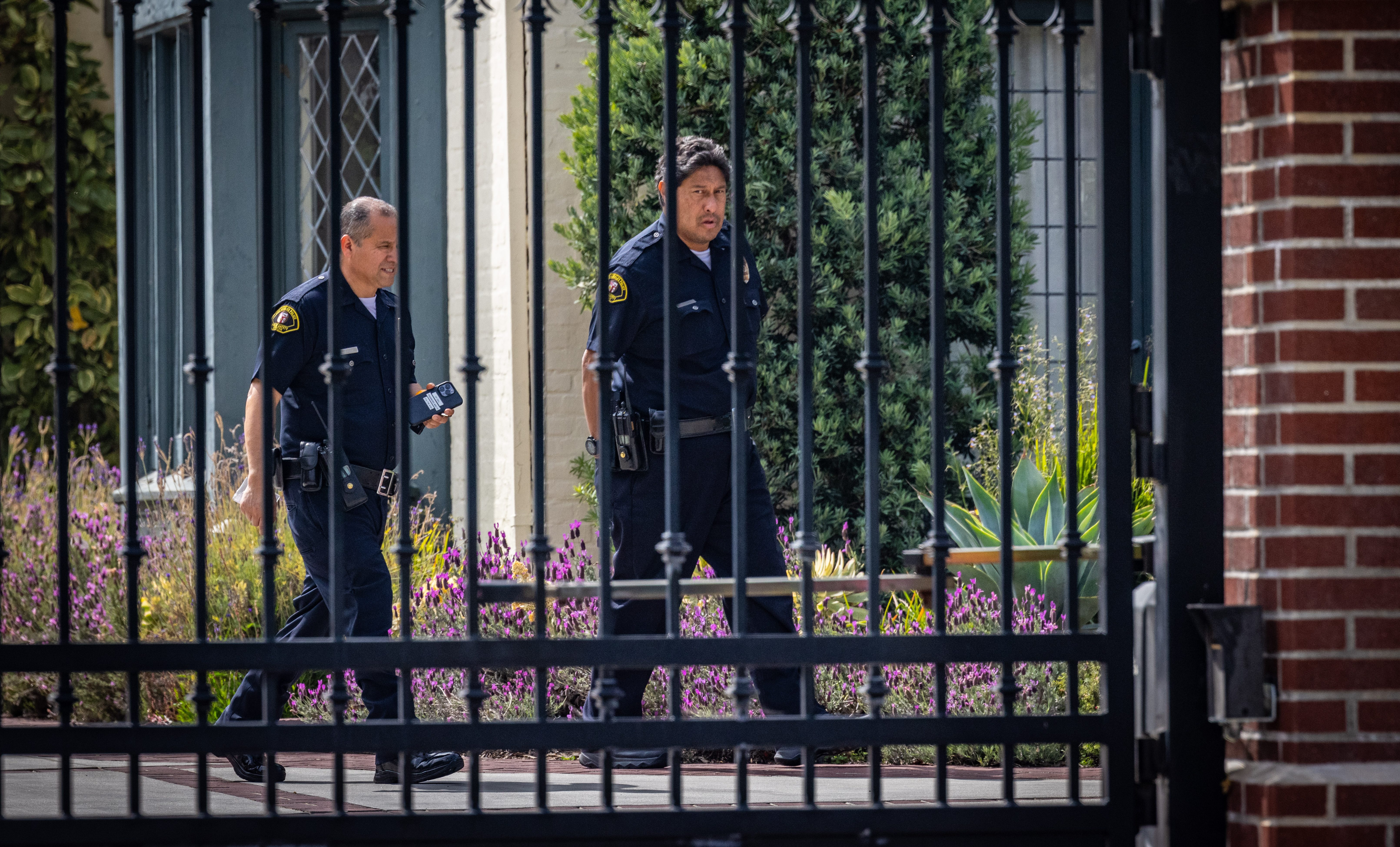In a few months, millions across the country will experience an astronomical event that no American has ever seen before. NBC4 meteorologist Anthony Yanez talks about what you need to know about this year's total solar eclipse and what to (safely) look out for:
I'm calling it the "Social Media Solar Eclipse." Since the advent of Facebook, Twitter, Instagram and Snapchat, the United States hasn't experienced an event like this … the total eclipse of the sun.
On Aug. 21 the moon's shadow will darken a path 35 to 71 miles wide from Oregon to South Carolina, blocking out the light from the sun. If you are in this path, it will be unlike anything you've ever seen. While all of the United States will experience a partial eclipse, which is cool, nothing is like a total eclipse of the sun.
My vacation time got approved and I'll be traveling with my family to Oregon to experience this incredible event as day turns to night. We'll be near Salem, where the total eclipse begins at 10:17 a.m. PDT and lasts for one minute and 54 seconds.
The last total eclipse of the sun over the United States was in 1979. It covered the northwestern United States. I was in school in Albuquerque, New Mexico and my teacher gave our class special glasses to see, what was for us, a partial eclipse of the sun. I can remember the image to this day. But to find a total solar eclipse that covers this much real estate in the United States, you'd have to go back to 1918. Some are calling the eclipse of 2017 the "Great American Eclipse" because the path of totality sweeps only over the United States and no other country. That has never happened before.
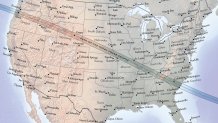
Twelve million people live in the path of totality, covering 21 cities. Within 400 miles the number is 174 million — half the population of our country. For 3 hours and 13 minutes the moon's shadow will travel the U.S. at three times the speed of sound, 2,400 mph, before moving over the Atlantic Ocean.
Local
Get Los Angeles's latest local news on crime, entertainment, weather, schools, COVID, cost of living and more. Here's your go-to source for today's LA news.
The most important thing to know that day, no matter where in the U.S. you live, is to never look directly at the sun. Dangerous UV light will cause severe retinal damage or blindness. Sunglasses are not safe; you'll need special glasses to filter out the harmful rays. The lenses are similar to a welder's shield. One of the companies that sells these glasses is Rainbow Symphony in Reseda, California. There are also filters for binoculars and cameras. If you are in the path of totality you can take off your glasses once the moon completely covers the sun because at that point the moon is your filter.
Of course the weather is extremely important this day. Clear skies provide the best view, but a few clouds away from the sun will make for a cool affect, too. The western half of the United States has the best weather odds, but it's always important to follow the forecast. There will be many people in the path of totality with overcast skies missing out on this incredible event.
The total eclipse begins in the United States along the Oregon coast at 10:16 a.m. PDT. While a sight like this would be incredible along the coast, the west coast has the highest odds for a cloudy morning. Again, if you are near the beach watch the cloud cover forecast closely.
As the moon crosses in front of the sun, the temperature will suddenly drop causing the air to contract, pulling in gusty winds from all directions. You may notice insects and animals acting strangely as skies grow dark. Clouds darken, appearing like a storm is forming, and the temperature drops noticeably. During totality look for these incredible sights:
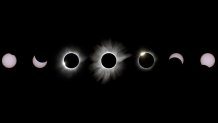
Baily's Beads and Diamond Rings – As the last rays of the sunlight stream toward the earth, you may see these on the outer ring of the sun.
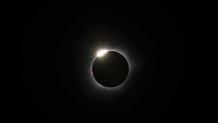
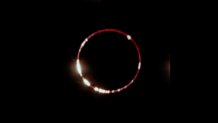
Prominence – This is when hot hydrogen gas rises from the sun's surface hundreds of thousands of miles into space. These are best seen with binoculars.
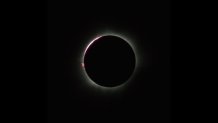
But the highlight will be the corona, and that only occurs during totality. People who've seen the corona of the sun say words cannot describe how breathtaking this experience is. You're seeing super-heated plasma at 2 million degrees, forming what can only be described as ghost flares surrounding the sun.
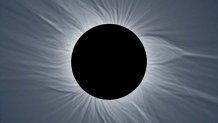
If you are outside the lines of the moon's umbra, the complete shadow, you miss the twilight skies and the exquisite views of the sun's corona. But you will get the penumbra, or partial shadow. It is 6,000 miles in diameter and all of the United States will get a rather large partial eclipse. From Los Angeles to Houston the moon will cover approximately 70 percent of the sun.
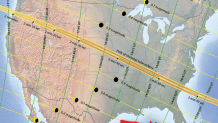
If you miss it, the next total solar eclipse over the United States is Monday, April 8, 2024, the shadow travels from Texas to Maine.
The sun is 864,000 miles in diameter — that's 400 times larger than the moon. But the moon is also 400 times closer to Earth and, as a result, when their orbital planes intersect the new moon appears to completely blot out the disk of the sun. The moon's shadow is the umbra. On average the total eclipse of the sun from the same spot on the earth happens once every 375 years.
Follow NBC4 meteorologist Anthony Yanez on Facebook, Twitter or Instagram, where he'll chronicle the entire event for you.


